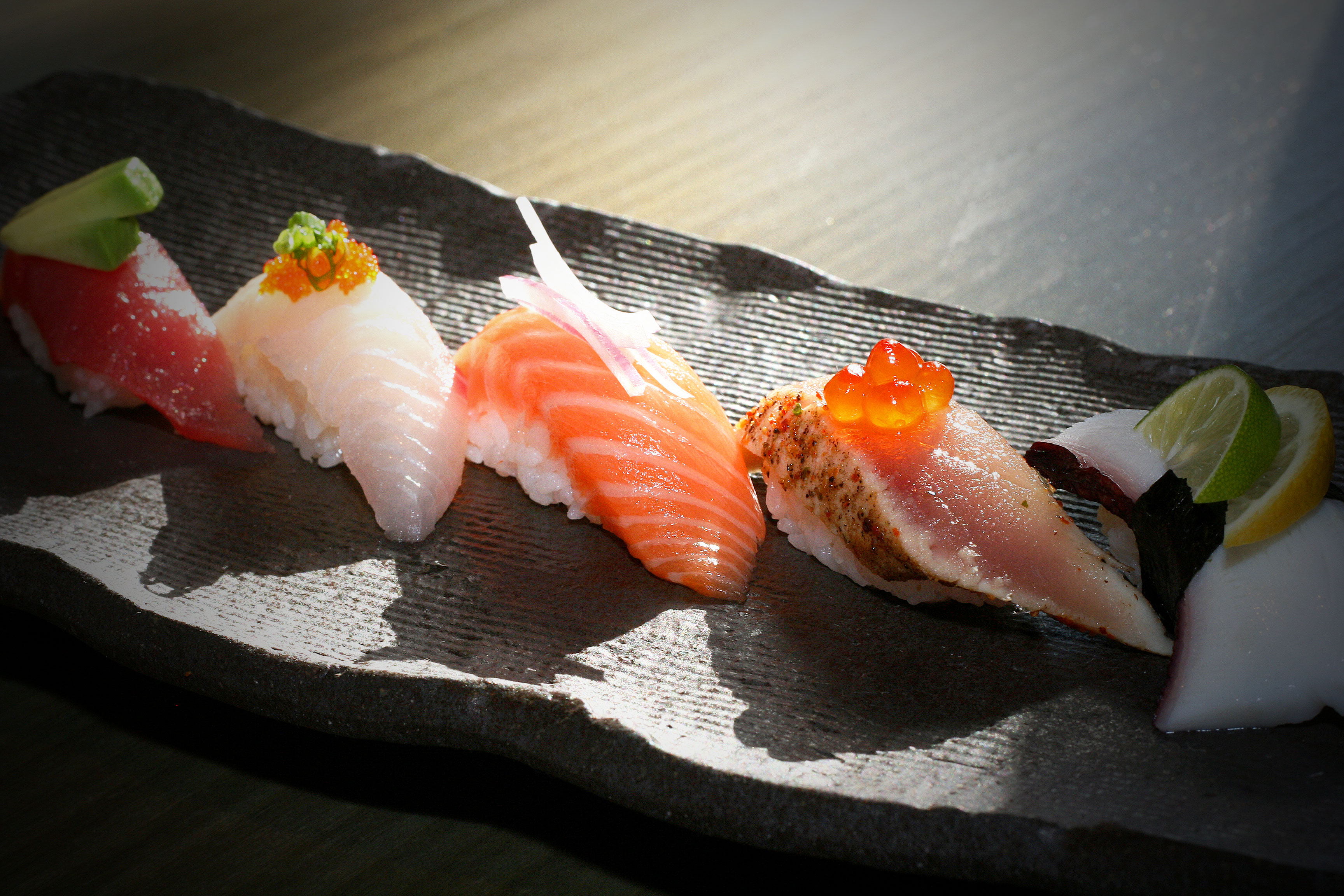
In this way, The Miracle Pine very much mirrors the traditional symbolic reference of the strong, mighty, and resilient evergreen pine within the Japanese culture. Its presence evokes a sense of greatness, almost immortality, as it is the only of its kind to have survived the vast devastating ruins of 3.11. Amongst the miles of debris left behind by the 3.11 Fukushima tsunami, The Miracle Pine stands tall and sturdy in stark contrast to the surrounding destruction. Of the seventy thousand pine trees surrounding the coastal area of Rikuzentakata, only one miraculous pine, The Miracle Pine, remains. The future for this little seedling is indeed hopefully. Before long, it will flourish into a strong and resilient great evergreen pine to sprout samplings of its own. The sky is indeed the limit for this little sapling to grow. As the roots dig down deep into the ground, the pines on the sapling stretch tall as if reaching for the sky. The outreaching roots parallel to the branching pines on the sampling. A strong foundation provides a promising future. In this context the audience connects the growing sapling to the importance of cultivating strong and lasting foundations.

The deeper the roots spread, the taller the tree will grow the more support the roots provide, the more stable the sapling will become. Its roots will grow and expand as the tree continues to sprout, burrowing itself deep within the soil to become one with the earth. This not only expresses growth, but also symbolizes the saplings far reaching effects and influence. It is also worth mentioning that the roots of the sapling extend outwards across the page. With enough will power, anything can be revived. However, even against unspeakable odds, faith is indestructible. It brings meaning to their continuous fight of survival. The roots of this sapling very much symbolize the willpower, support, and perseverance of the people. Like the roots of the painting above the The Miracle Pine had touched the lives of millions joining them together to preserve not just a tree, but a nation. Touched by its strength, locals and citizens a like sought to preserve the tree as a national symbol. However due to severe water damage, the tree was dying. People gathered in numbers to simply glimpse at this miraculous tree. The pine's resilience to the disaster quickly spread throughout Japan and the pine soon became known as The Miracle Pine. It had been strong enough to withstand the grave impact of the tsunamis force. The tsunami had crushed everything in its path, leaving nothing behind but one solitary tree, one lone pine to stand alone amongst a desert of destruction. After the devastating earthquake and following tsunami, the town of Rikuzentakata was left in ruin. Recently the pine has been used as a symbol of hope, especially in of the 3.11 disaster. Since the bombing of Hiroshima, even more recently the 3.11 triple disaster, the long-standing meaning of the pine tree has been revivified and relevant once more. There can be no life, no hope, without a strong support system. Without its roots, the sapling would be unstable, weak, and fable. They additionally take part in the stabilization of soil. The roots are what provide the sampling with the nutrients it needs to survive and flourish. Without its strong roots, strong upbringing, strong support, it would be unable to nourish and grow. Moreover, it emphasizes the importance of a foundation in terms of growth, even rebirth. The centralization of the roots catches the viewer's immediate attention additionally referencing to its vital (central) importance to the piece. It has been strategically painted towards the center of the page to emphasize the strong foundation of a growing pine. This is exemplified by the thickly painted roots, which extend outwards towards the center of the painting. The seedling itself is dainty and small but with time will grow into a strong and mighty evergreen pine, as all saplings do.

The sapling above captures a symbolic reference to longevity and rebirth. The pine tree is iconic of the Japanese New Year, as a symbol of rebirth, renewal, and a bright (hopeful) future.

It is commonly linked with virtue and long life, even immortality. In Japanese culture, the pine tree is known to represent longevity, good fortune and steadfastness. This tree has the unique ability to withstand harsh winds and up to subzero temperatures. During the long and icy winter season, the evergreen does not lose its leaves nor its lush dark green color. The evergreen pine is universally known as the symbol of life.


 0 kommentar(er)
0 kommentar(er)
